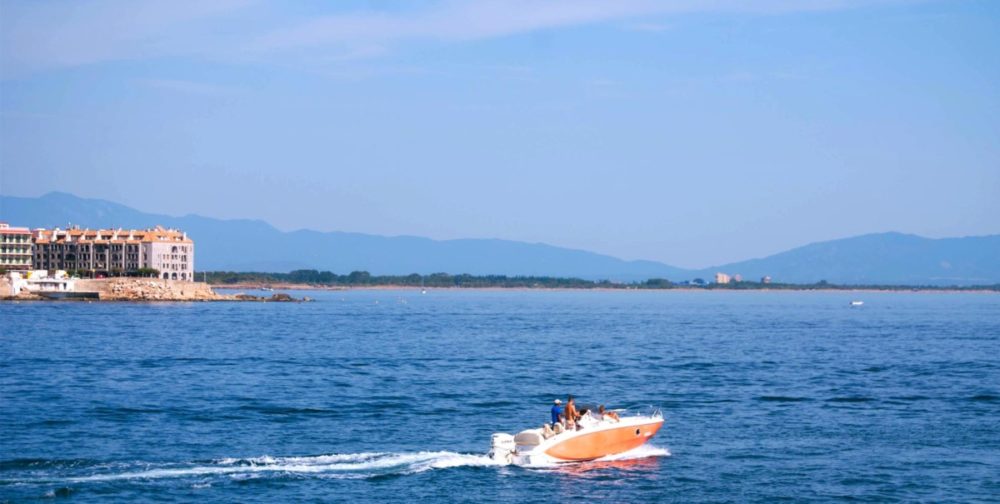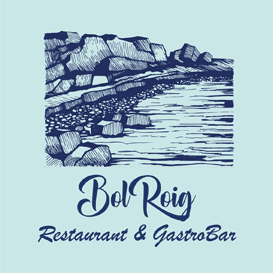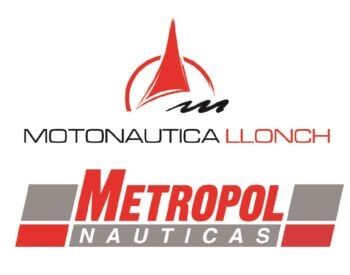Safety – Compulsory material and documentation


Documentation
Regulations specify a series of documentation that we must have on-board and that can be checked at any time by the Civil Guard’s Naval Service. If the user does not have any of the documents or the appropriate qualification for the type of boat and sailing area, they can be penalised by the authorities.
In addition, insurance companies can refuse to cover damages for an accident if there are any irregularities in this respect at the time of the accident. As a result, it is necessary to check that we always have the following on-board:
- Spanish Registration Certificate / Sailing Permit
- Valid Certificate of Seaworthiness that guarantees completion of the Technical Inspection of Ships by a collaborating inspection organization
- If relevant, a plaque displayed on the hull with EC marking, with the Compliance Statement and Owner’s Manual for the boat and engine.
- Proof of payment for the compulsory civil responsibility insurance
- Official skipper qualification that is valid, and appropriate for the type of boat and sailing area
- Personal documentation for crew members
- Tax documentation. The Civil Guard’s Naval Service can request documents demonstrating that VAT and registration tax have been paid.
Safety material
Regulations also make it compulsory to have certain equipment and material on-board, to maximise the possibility of saving lives in the case of an emergency. This varies in accordance with the sailing areas for which a boat is authorised and is divided into five categories: lifesaving, sailing, drainage, fire fighting equipment, outfitting and material to prevent the discharge of wastewater.



























